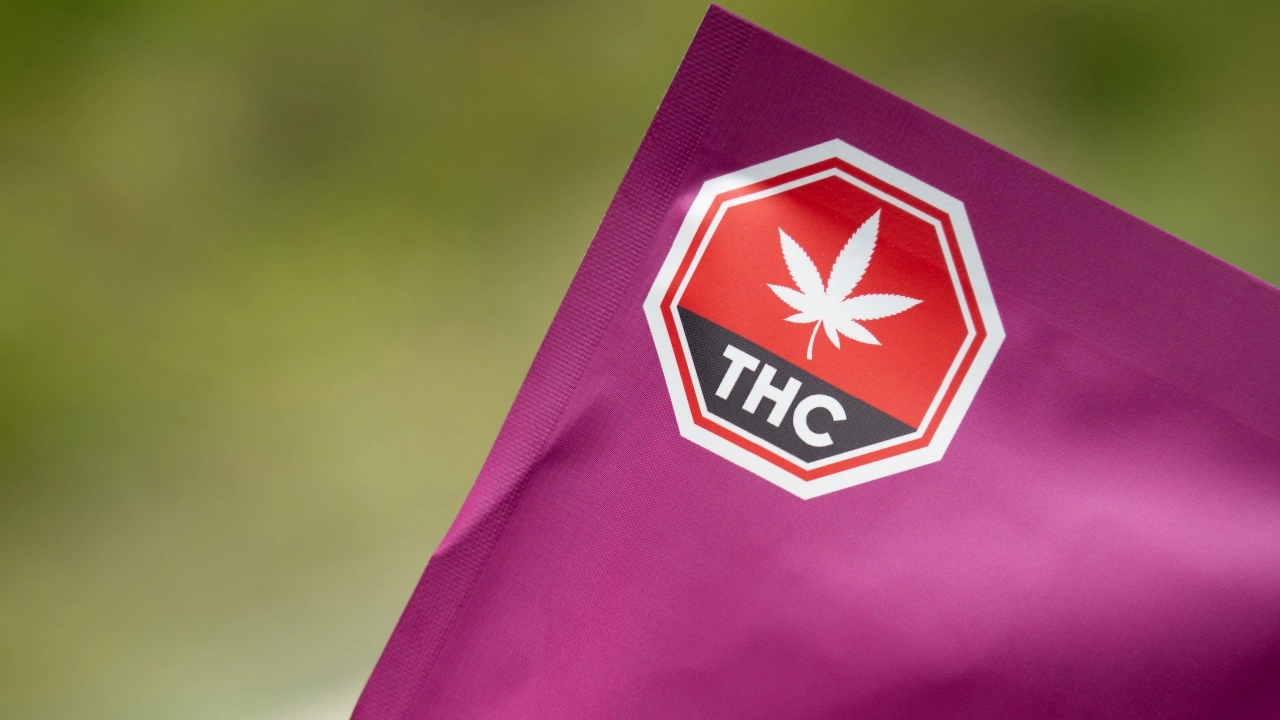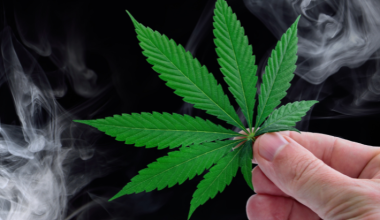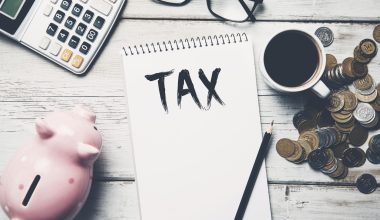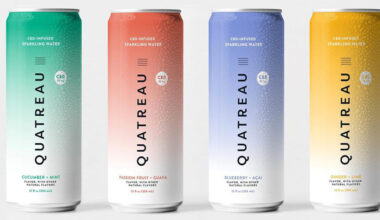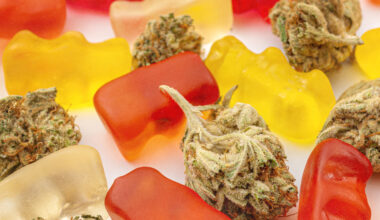Orville Bovenschen knows he’s misleading consumers with every label his company prints. He has no choice.
Legal cannabis cultivators like Bovenschen’s Pure Sunfarms are required by law to label every flower product with its total THC content, measured “in discrete units.” That’s despite a recent study showing cannabis flower’s THC content can vary by as much as one-third – even within the same plant.
The findings are the result of research funded by Pure Sunfarms, published last month in the journal Nature.
The study confirms what many cannabis cultivators have known for years: The potency of cannabis flower isn’t fixed. A more accurate labeling method would present a range, such as “THC between 18-24%,” rather than an exact figure.
“I know whatever is on the package is going to factually incorrect,” Bovenschen, Pure Sunfarms’ president, told MJBizDaily in a recent interview. “It’s going to be over or under. It’s never going to be exactly that.”
But the findings also highlight a more pervasive conundrum.
Despite all the evidence to the contrary – and despite the emphasis on entourage effect, secondary cannabinoids, terpene and now the growing realization that advertised potency doesn’t mean much in terms of overall effect or quality – THC percentage is still the industrywide standard for measuring quality and what to buy.
And that’s causing negative consequences up and down the supply chain, critics say.
Consequences of THC potency shopping across supply chain
This is true for shoppers browsing stores as well as the buyers in the backroom making business decisions.
At Pure Sunfarms, the consequences are clear: Every percentage point of THC directly translates to an increase – or decrease – of 5% in sales, Bovenschen said.
And there’s a clear dividing line between what might work and what’s too low for the market.
“If something amazing doesn’t hit the threshold of 25% (THC), it’s not going anywhere,” he said. “Nobody will buy it.”
The industry’s THC habit has proven remarkably resilient.
Some retailers and observers say it is even more pronounced now, as price-conscious consumers curtail spending amid the soaring costs of housing, groceries and other essentials.
But critics say that every other step of the legal cannabis industry supply chain can suffer as a result.
Cultivators routinely complain that top-quality genetics with remarkable terpene profiles – and, perhaps, even tailored medicinal and wellness effects – must be discarded because the THC test results are too low.
The THC arms race also traps retailers into carrying product that emphasizes THC potency above everything else – sometimes sacrificing quality in the all-consuming pursuit of THC.
An infused pre-roll, for example, might be rendered unsmokeable by all the additives – hash, oil, THCA diamonds – that push its advertised potency to a very market-friendly 50%.
“It’s such a shame,” Bovenschen said. “The only thing getting celebrated are genetics that have the capability to go to the highest percentage.”
What a THC potency investigation found
Researchers took up to 100 grams at random from 12 batches of eight different strains of cannabis – or cultivars – grown in a greenhouse in Canada.
Though the study didn’t mention the strains, cultivars were selected “based on their commercial relevance.”
Researchers also took samples from the top, middle and bottom of the plants in three of the 12 batches.
Total THC varied from 4.7% to 6.1% of actual THC content between samples from the top and bottom of a plant, according to the study – meaning if a top tested at 20%, the bottom could test at 13.9%.
Five plants of the same cultivar also produced different results, with two plants testing higher than the other two.
“It is important to be aware of this natural variance when classifying and labelling dried cannabis for both recreational and medical use,” the study authors wrote.
“A better understanding of potency variability in the plant presents an important opportunity to better inform cannabis patients, consumers, medical professionals and regulatory bodies.”
But at least for now, cannabis companies have to follow the rules and print “total THC” on packaging – even if they know the number is inaccurate.
And that’s even assuming the lab test results can be trusted.
As the march of state regulators revoking or suspending commercial cannabis testing labs for THC potency inflation shows, that’s often not the case.
Subscribe to the MJBiz Factbook
Exclusive industry data and analysis to help you make informed business decisions and avoid costly missteps. All the facts, none of the hype.
What you will get:
- Monthly and quarterly updates, with new data & insights
- Financial forecasts + capital investment trends
- State-by-state guide to regulations, taxes & market opportunities
- Annual survey of cannabis businesses
- Consumer insights
- And more!
Breaking out of the THC trap will require changing laws
Breaking out of the THC trap might require fundamental reassessments of how legal cannabis is evaluated and sold – and that will have to come from lawmakers.
THC remains king despite efforts by some U.S. regulators to discourage potency shopping.
In New York, for example, state Office of Cannabis Management rules forbid marketing materials that “promote product potency or THC concentration.”
But those same rules require flower products to be labeled with “total THC.”
Some critics contend that strict retail rules leave shoppers no other choice but to judge a product based on the potency figure printed on the label.
In most states, packaged cannabis flower can’t be opened in order to sneak a whiff. In other states, opaque packaging doesn’t even allow the customer to eyeball flower before they buy.
With these restrictions, it’s no wonder the THC label is the deciding factor, critics say.
Some brands are attempting to escape the THC trap by promoting an “experience,” said Jared Misky of branding agency Wick & Mortar.
“But that’s certainly not the majority of them,” he added.
The rest fall into a familiar trap.
“You do have this other kind of motivating factor, which is price.”
“And if you’re combining the lowest price and the highest potency – it’s like, how can you go wrong?”
Chris Roberts can be reached at chris.roberts@mjbizdaily.com.
Medical Disclaimer:
The information provided in these blog posts is intended for general informational and educational purposes only. It is not a substitute for professional medical advice, diagnosis, or treatment. Always seek the advice of your physician or other qualified healthcare provider with any questions you may have regarding a medical condition. The use of any information provided in these blog posts is solely at your own risk. The authors and the website do not recommend or endorse any specific products, treatments, or procedures mentioned. Reliance on any information in these blog posts is solely at your own discretion.
